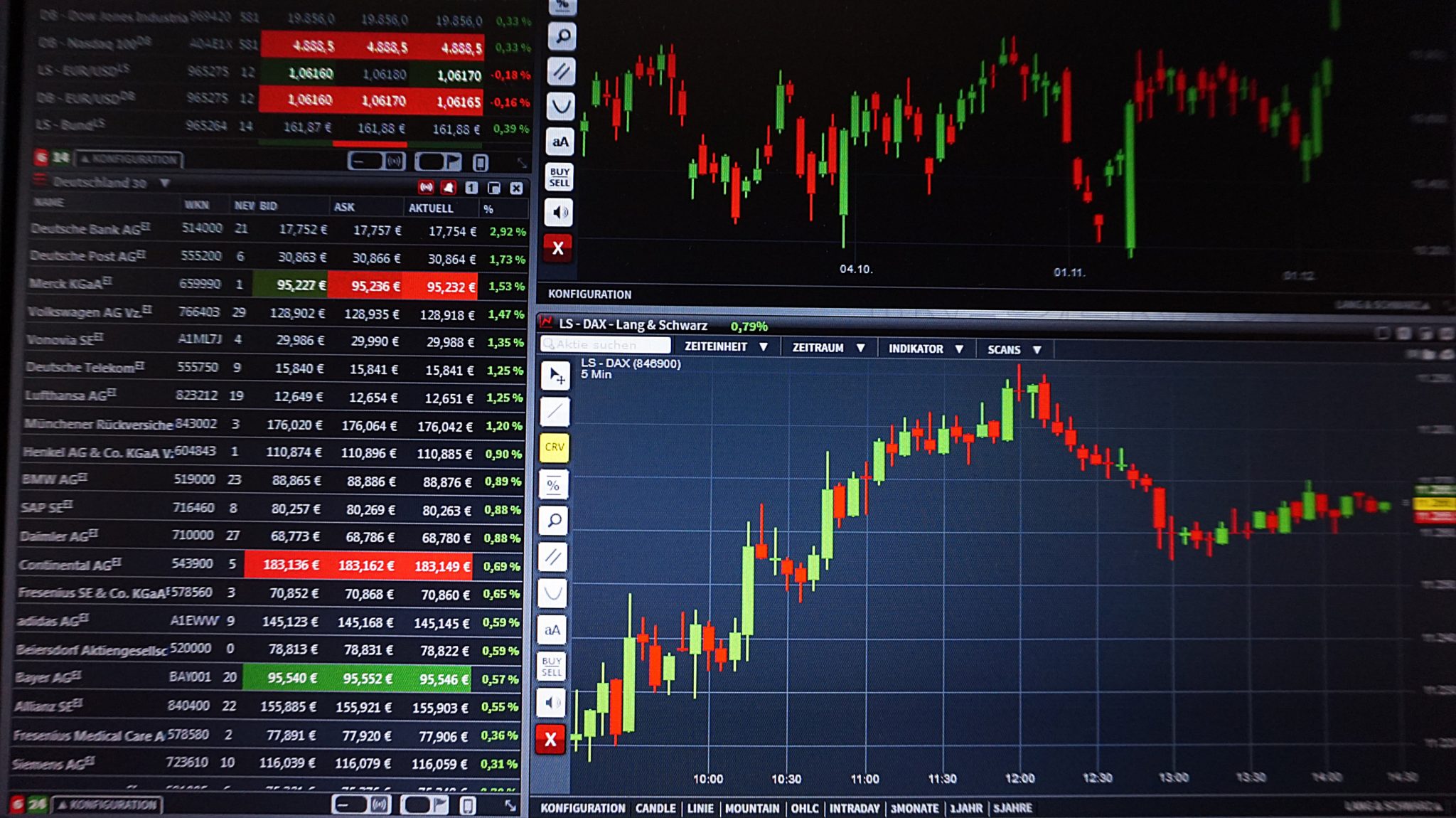What are additives for plastic?
Plastics additive essentially defines the actual plastic material (final product). Polymers are the base materials, but additives really determine all the design and manufacturing factors of end products. They also determine how a product will be used (strength, weight, color, safety, price, and design). This makes the application knowledge of additive the real engineering design determining factor.
The additive sales engineering consultant is a useful resource to give clients information on their products and their use:
- Material formulation
- Industry-specific regulations (i.e. electrical, industrial, home, children use)
- Manufacturing techniques
- Business-related information: cost, delivery,
Additive plastics regulations:
Regulations on plastics additive cover both manufacturing and end product. Most regulations are available as original written text, but knowing how to understand and apply them is key to design and manufacturing. Here each manufacturer will be able to apply their knowledge to your design. Manufacturers with a long history and many designs will also be able to help in your final testing and regulation qualification process. The bigger the supplier and more qualification test it has gone through, the easier the process will be.
Regulations are usually tested and qualified in the application sector. Electrical, home, office fire-related testing, and qualification may be different in a country than building and construction regulations. This we see in companies specializing in each sub-sector.
Cost-effective additive use:
Additives are a standard method to control cost in plastics manufacturing. By providing design and manufacturing flexibility and known material qualities. Partnering with a supplier which specializes in the sector you manufacture will also move your work faster and smoother, this speed and ease of work will save you a great deal of money.
Examples of additives types:
One way to understand the additive products is with the application of each product attribute. Here are some of the tops types:
Anti-static:
products in a static producing environment that are handled often can benefit from anti-static qualities. Electrical products susceptible to static discharge damage need this additive.
Flame retardant:
reduces or eliminates the spread of flames, heat, or sparks. All indoor and electrical products need to comply with flame retardant regulations.
Color masterbatch:
the color additive is a big class by itself. Colors give life to a product and are the biggest market differentiator. Many consumer products use color design in each seasonal manufacturing design.
Anti-fog barrier:
In packaging and agriculture, anti-fog barriers give the product this specific quality. The additive gives surface tension quality which eliminates the forming of water drops.
UV light stabilizer:
In all sunlight exposed products: agriculture, home, sport, leisure, packaging, textile-fibers, and automotive plastics UV light causes color and texture damage. UV light stabilizer is used in these products.
This makes a plastics additive supplier a critical factor in your design (engineering), manufacturing (cost), and even the business (management, operation) side of your company. We know how useful a business partner can be. Yet we need both the hard business-related factors and the soft ones. The hard factors are related to the product itself, costs, manufacturing, design, regulation coverage, and material specification. The soft factors are related to how crews work together, financial arrangements (i.e. credit, payment terms, reimbursements, competitive costs), and eventually management’s ability to work productively with everyone from design to manufacturing.
Read Also:






















